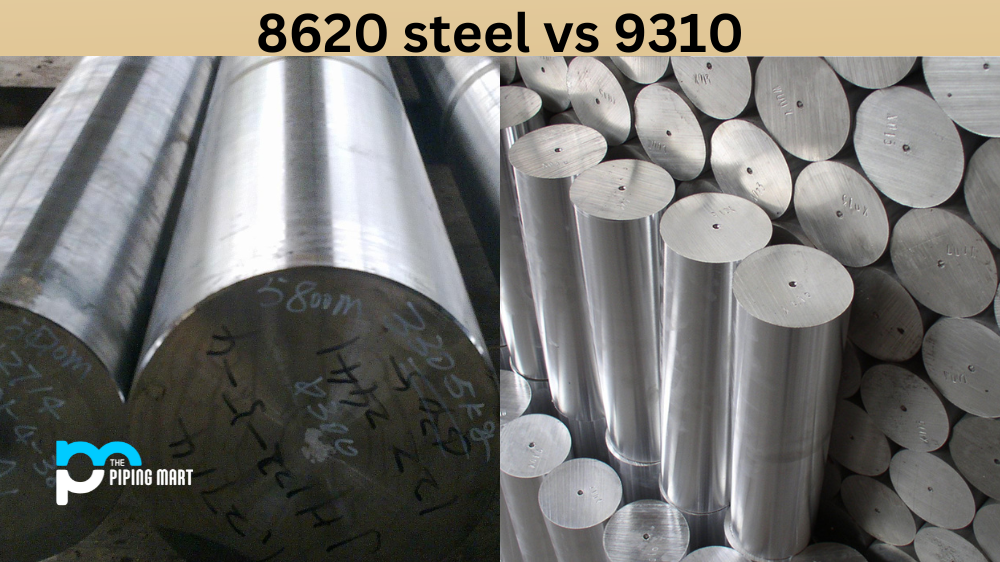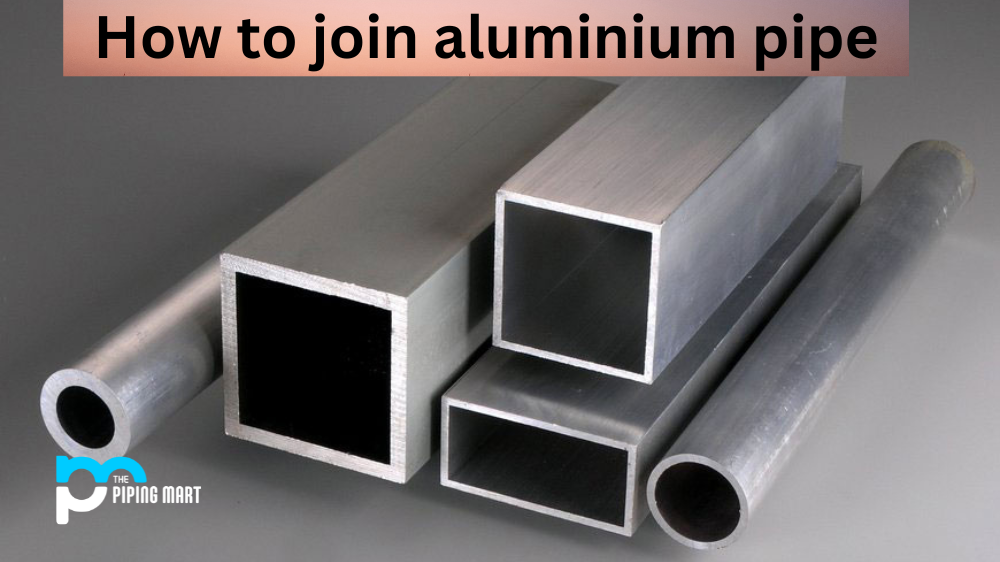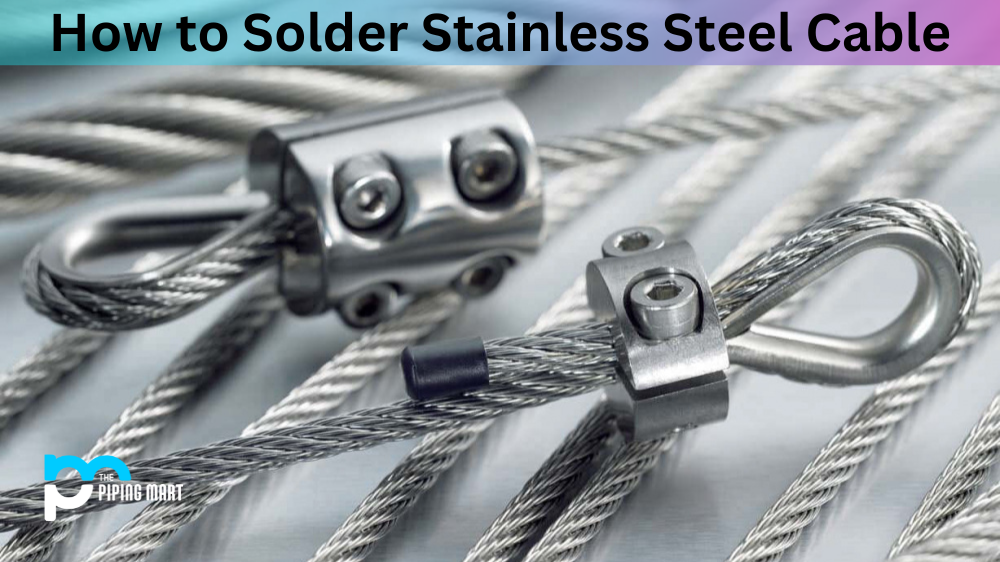When it comes to choosing between 8620 steel and 9310 steel, there are a lot of factors to consider. Each steel type has specific properties that make it more suitable for certain applications. While both steels are widely used in the manufacturing industry, they have distinct differences that could impact your final product or project. In this blog post, we will explore the differences between 8620 steel and 9310 steel to help you make an informed decision.
Difference Between 8620 Steel and 9310
Chemical Composition
Both 8620 and 9310 steels belong to the same family – alloy steels. However, there is a difference in their chemical compositions. 8620 steel has a lower nickel, chromium, and molybdenum content, while 9310 steel has a higher percentage of these elements. This makes 9310 steel stronger and more heat resistant than 8620 steel. If you anticipate extreme heat conditions, 9310 steel is the better choice for your project.
Carbon Content
Another difference between these two steels is their carbon content. 8620 steel has a lower carbon content than 9310 steel. A higher carbon content makes the steel harder, stronger, and more brittle. On the other hand, a lower carbon content makes the steel more malleable and easier to forge. 8620 steel is best suited for applications requiring high toughness and flexibility, while 9310 steel is best suited for high strength and hardness.
Machinability
Machinability refers to how easily steel can be cut and shaped into the desired form. 8620 and 9310 steel have good machinability, but 8620 steel is easier to machine than 9310 steel. This makes 8620 steel more cost-effective for applications that require a lot of machining, such as gears and shafts. 9310 steel is better suited for applications that require minimal machining, such as bearings.
Cost
Finally, the cost is another factor that needs to be considered when deciding between 8620 steel and 9310 steel. 8620 steel is less expensive than 9310 steel because it has a lower percentage of nickel, chromium, and molybdenum. However, the cost difference may be negligible depending on the specific application. It’s important to consider the entire manufacturing process, including the cost of machining and processing, when comparing the cost of these two steel sheets.
Conclusion
In conclusion, both 8620 steel and 9310 steel are excellent alloy steels with a wide range of applications in the industrial sector. While they share many similarities, such as good machinability, they also have distinct differences. When deciding which steel to use, it’s important to consider the specific characteristics of your project, such as the anticipated heat conditions, the required strength and hardness, the necessary level of machinability, and the overall cost. By weighing the pros and cons of each steel type, you can make an informed decision that will result in the best possible outcome for your project.

Meet Bhavesh, a seasoned blogger with a wealth of knowledge and experience. From metal products manufacturing to retail, Bhavesh has a diverse background in various industries and is dedicated to sharing his insights and expertise with readers.




